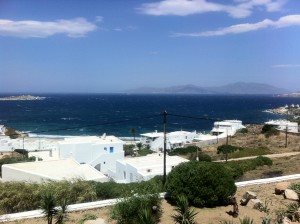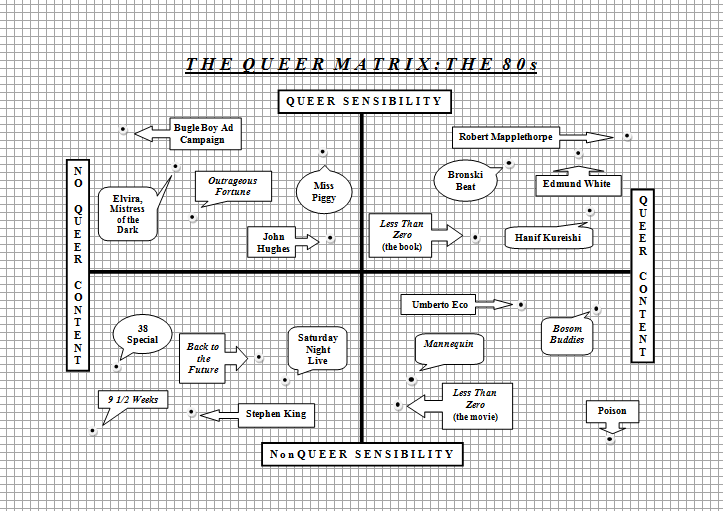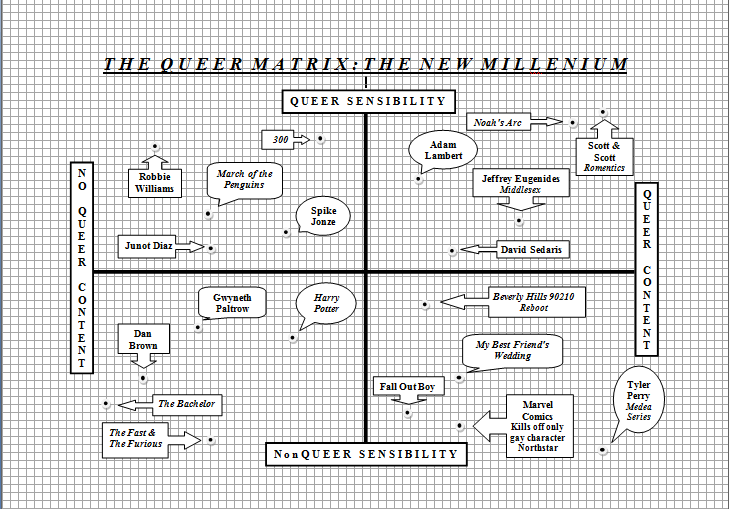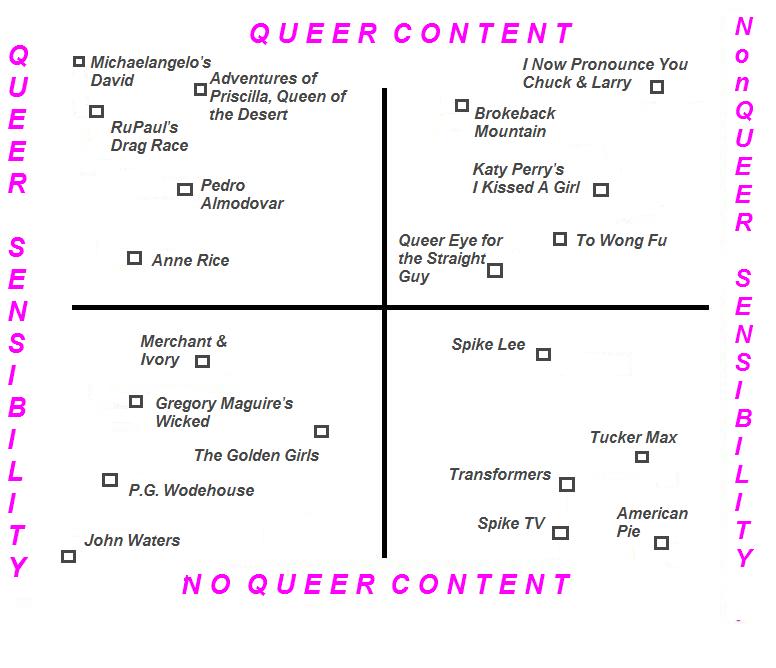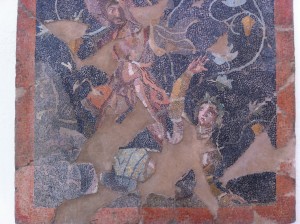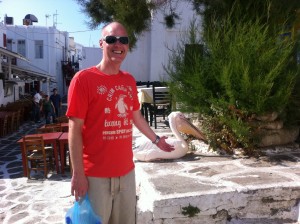My partner and I celebrated our 10th anniversary in Mykonos with seven of our friends. I’ve been writing some short essays about the trip and decided to share them here over the next few weeks. Names have been changed as a courtesy to the involved parties.
Here’s Round One…
Arrival
We are seven arriving at Athens airport on staggered international flights. Four of us have a six hour layover until boarding time for the little jet to Mykonos. Anxious for adventure, we check-in our luggage and get a cab into the city.
The heat is oppressive, and the sun is scalding. There is no air conditioning in the cab.
Such things would be outrageous in New York City, but we are in Greece, and jetlag-drunk. We want to See, See, See. Athens is hosting an Olympics. The Special Olympics. Our friendly, patriarchal driver tells us so. He drops us in the Plaka district with advice to take the Metro back to avoid the traffic.
We wander up a staired lane in search of a taverna with a view of the Acropolis. There are dozens of places with outdoor seating, each with a Maitre D’ foisting a menu on us and promising free beer. We are shielded by urban skepticism. At the top of the lane, looking up, up, up, we see it—a corner of the Acropolis wall. It’s a good enough view considering how far we’ve come, and there’s a shaded taverna nearby. Foods that we could order at any New York diner taste fresher and more ethnic: Greek salad, tzatzichi, chicken souvlaki. We learn how to say thank you in Greek.
“Efharisto!”
We find an air conditioned cab for the trip back to the airport. The cool air is luxurious and our young driver with thick black hair is a sight more favorable than the man who took us into town. But he swears a lot, annoyed with the redirected traffic pattern around the Olympic events (even though he steers through roped off streets like most of the other drivers). Our older driver would have told us anything we wanted to know about the ancient city. This one wants to be somewhere else, with his girlfriend maybe, or watching a soccer game with his friends. Someone overtips him anyway.
First night out
At the hotel, we are greeted by the Germans, our eighth and ninth companions, a couple. They have reserved a table at the restaurant.
After bread and wine and shared appetizers, most of us feel renewed. At eleven, a proposal to go into town for nightclubbing is seconded, thirded, fourthed and fifthed. We have made shopping trips for this occasion–designer jeans, patterned shirts, graphic tee’s, and for the women, espadrilles—and we have worked out, dieted, and tried new skin products for the past six months.
The walk into town is a steep downward slope with speeding mopeds, ATVs and buses, and no sidewalk. We wind along the waterline to find the club the hotel waiter recommended. At midnight, we are early arrivees, but the music is exhilarating, and we dance like teenagers. Later, the club is mobbed and we take to tables and the tops of booths.
Exiting the club is a sensuous experience. We squeeze through walls of men with well-built, overheated bodies. Around the corner, there is an alley behind a church which is the designated cruising spot. A Dutch tourist asks one of our single friends if he wants to go back there because his “balls need to be drained.” Our friend declines.
We are arm-and-arm and joyful walking to the taxi stand in the early morning. People are out on the streets like the scattering of a big parade. Groups of young women teeter on the cobblestones in high heels and mini-mini skirts. From a cafe, a lesbian couple watches us with Cheshire cat smiles.
The taxi line is ten parties deep, but there is a drunken British couple to talk to. They started drinking when they arrived yesterday afternoon. We crowd into a cab in two human layers. A flirtatious friend asks the driver: “Where are you from?” Everyone laughs riotously. Someone blurts out: “We’re on an island. You think he commutes in from Bulgaria?” The point is: we’re not in NYC anymore.
